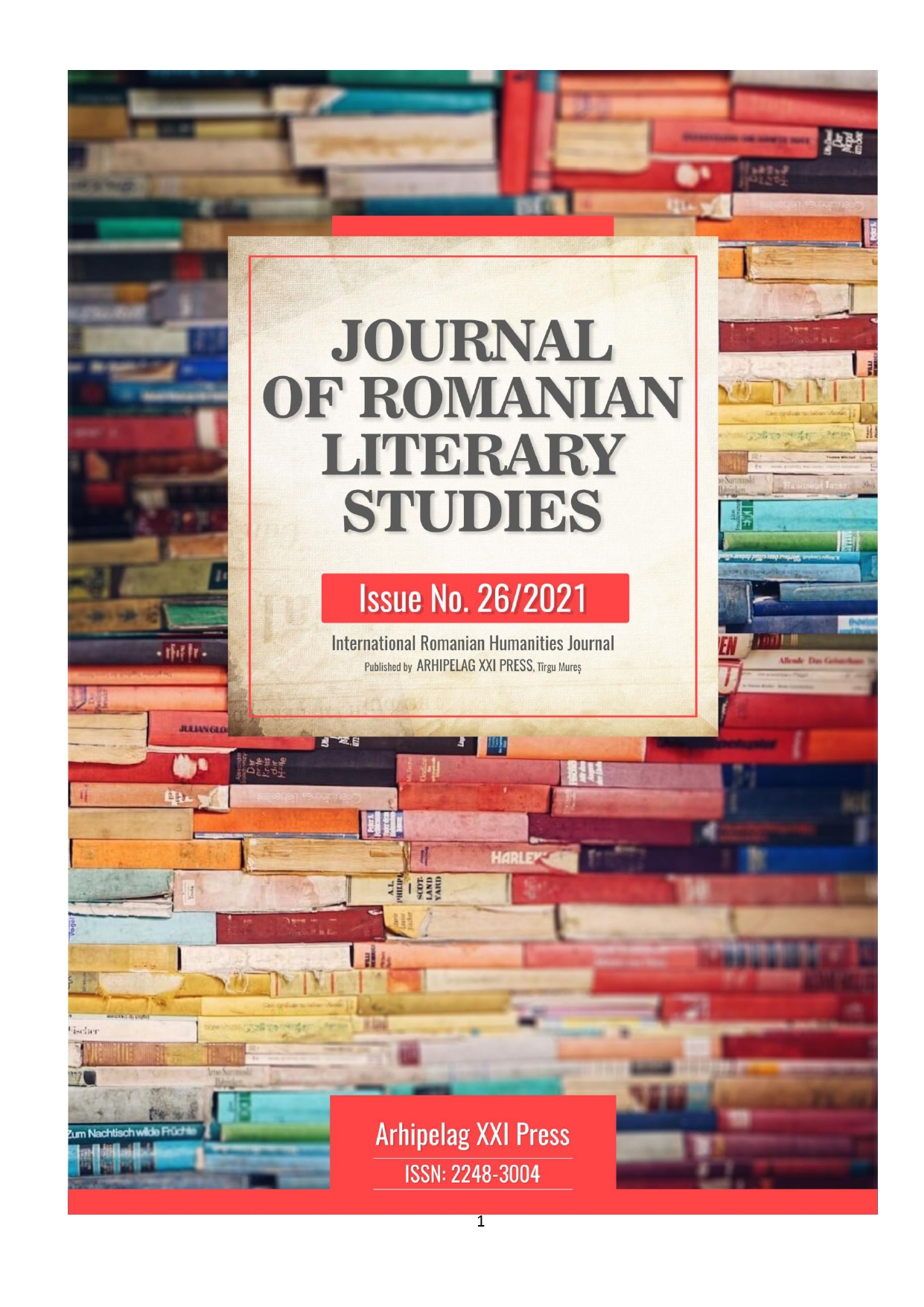”AND THE DAY‘ S BONE HURTS. LET THE POETS COME!” COMPLICATED AND CELEST LYRIC ADVENTURES
”AND THE DAY‘ S BONE HURTS. LET THE POETS COME!” COMPLICATED AND CELEST LYRIC ADVENTURES
Author(s): Emanuela IlieSubject(s): Poetry, Romanian Literature, Philology, Theory of Literature
Published by: Editura Arhipelag XXI
Keywords: Carmelia Leonte; poetry; Greek mythology; Christian mythology; radical otherness;
Summary/Abstract: Although in the last decade she has manifested herself as a priority in other literary genres – writing diaristic prose (La umbra lui Don Quijote/ In the shade of Don Quixote, Ideea Europeană Publishing House, București, 2011), essayistic (Şarpele şi filosofia/ Serpent and Philosophy, Sedcom Libris Publishing House, Iaşi, 2018) and a wonderful parabolic novel (Văzătorul/ The Seer, first edition, Eikon Publishing House, Cluj-Napoca, 2014, second edition, with a foreword by Emanuela Ilie, Cartea Românească Educaţional Publishing House, Iași, 2020), Carmelia Leonte has never hesitated to confirm that her scriptural nature is a fundamentally poetic one. Announced by some occasional public readings and by the publication of small groups of lyrics in various literary magazines, the poetess' return in force occurred only in the summer of 2021, when could see the light of print an anthology of lyrics long awaited by loyal admirers of this discreet but powerful writer: Ani de piatră/ Stone Years (with a foreword by Emanuela Ilie, Ideea Europeană Publishing House, Bucharest). The present study represents an analysis of Carmelia Leonte‘s poetic imaginary, as reflected in the pages of this book that proves a total poetic devotion and (re)confirms, with profound clarity, the poetical assets that were announced since the excellent lyrics published in the middle of the last decade of the last century: the deep vibration of the lyrical lamento triggered, as a rule, by the thanatic obsession; the rare expressiveness of the spirals of a complicated interiority, carefully camouflaged in a series of alters of mythological origin (Phaedra, Hippolytus, Clytemnestra, Elektra, Iphigenia etc.); the pertinent way to corporealize – in a dramatized, already recognizable but never mannerist diction – the ineffable of a profound religious existence; finally, the cult of the Poetry, understood as an essential form of communication with a double orientation: “It has an eye to human and another eye to divine”.
Journal: Journal of Romanian Literary Studies
- Issue Year: 2021
- Issue No: 26
- Page Range: 176-185
- Page Count: 10
- Language: Romanian

